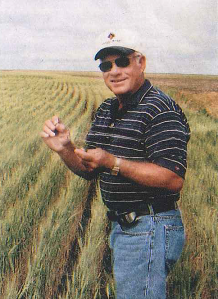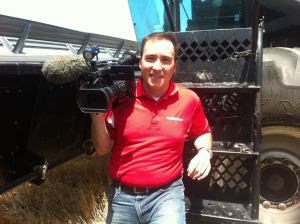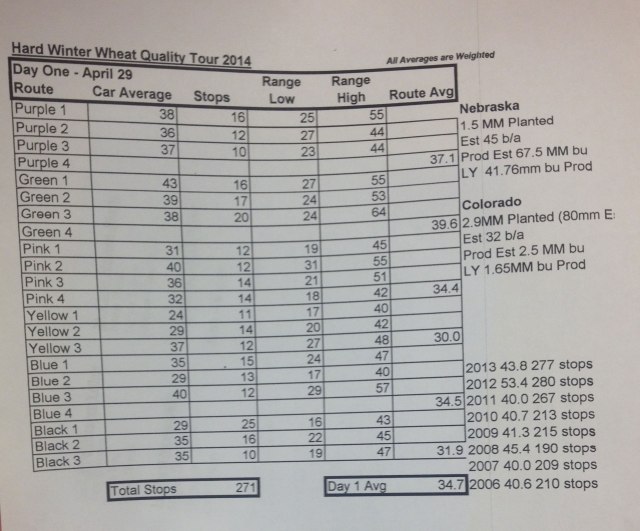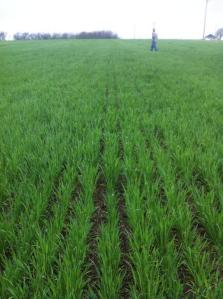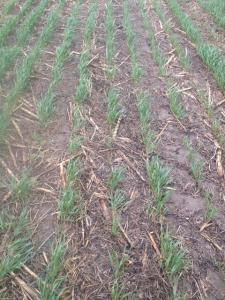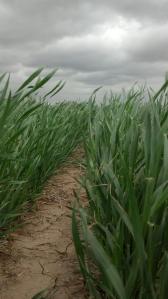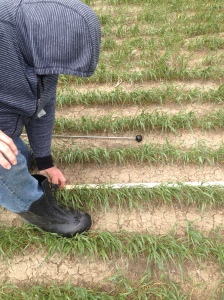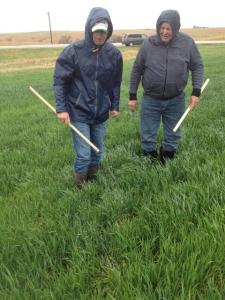Each year, more than 20,000 Kansas wheat farmers take dramatic risks to grow the wheat that feeds the world. We hope you enjoy learning more about these farmers through our series, “The Faces of Harvest.”
When Kenneth Palmgren, a wheat farmer from Edson, talks about young people, you can practically hear the smile on his face. Palmgren loves to talk about the adventures that his young grandchildren have on the farm. The grandkids love to interact with newborn calves and help their grandmother, Virginia, around in the kitchen. But, the grandchildren aren’t the only young people that Palmgren is excited to talk about.
“I love to see young people heading back to the farm,” said Palmgren. “They want to move back and raise their kids in the lifestyle that they grew up in, and that’s so exciting. You didn’t see young people move back for a long time, but now, for some reason, you see it quite a bit.”
Palmgren operates a farm with land in both Sherman and Thomas counties. He has been farming full time since 1975 after previously being a math, physical education, driver’s education teacher and coach at the local high school. Palmgren has been active both in his community, by serving at his local church and working with county FFA chapters, and in the agricultural industry. He has worked extensively with the International Grains Program in the past, promoted the short courses at the institute during his travels to Cuba and Brazil and has encouraged the folks he meets to learn more about the industry.
“Agriculture is very valuable to the state of Kansas,” said Palmgren. “I’m always interested in learning more about wheat and technology.”
Palmgren has seen the wheat industry change through the many years he has been farming.
“Just in the last ten years so much has changed,” Palmgren said. “There is so much technology that makes farming easier and more efficient. I’m excited to see what comes next.”
Palmgren fired up his combines on July 3 hoping to have a straight shot to finish harvest. However, a small Sunday shower put his harvest on hold.
“So far my average yield is at about 40 bushels per acre. It’s good quality stuff, just a little lower than average quantity,” said Palmgren. “Some of my neighbors have gotten 60 bushels per acre, and some have gotten 6. It all depends on where the rain landed.”
As Palmgren reflected on his love for farming and why he chose to come back, he spoke words that describe many farmers from his generation. “I suppose I came back because no matter how hard you try, you can’t take the farm out of the boy.”

